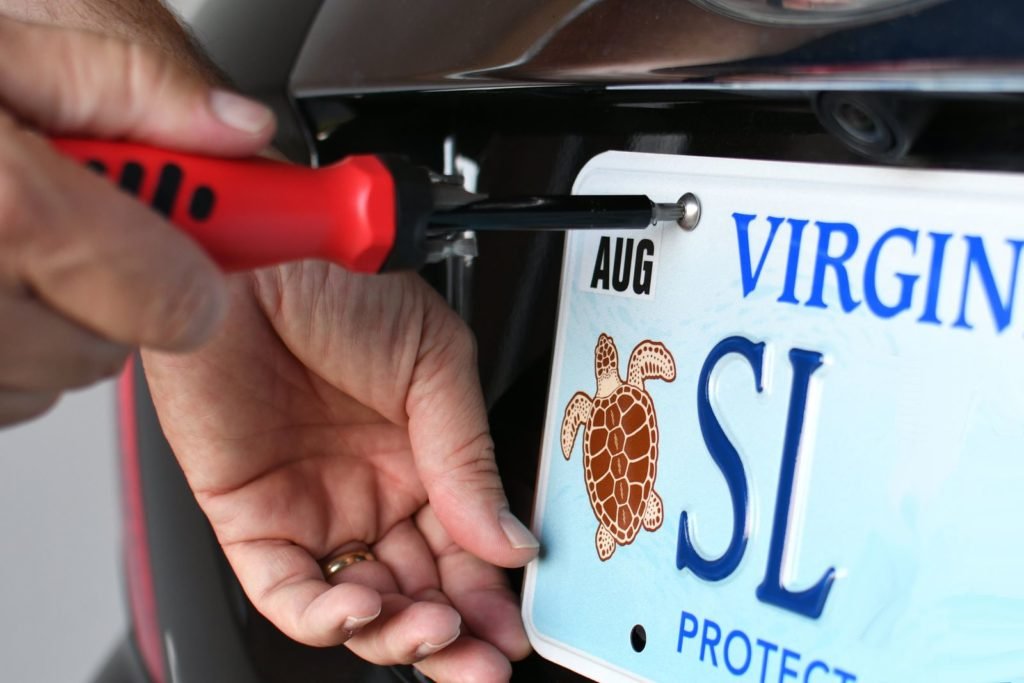These days, it’s not just police forces that use automated license plate recognition (ALPR) systems. ALPR systems are also available to municipalities, airports, schools, corporations, and other establishments that can benefit from carefully recording license plates. Read on to find out how these versatile systems work.
What Is an ALPR System?
ALPR systems are designed to capture images of license plates, then compare them to collections of alphanumeric characters stored in databases. They typically feature both user dashboards and alert systems that can let operators know if a plate that’s on its list of license plates of interest shows up. However, the exact specifications for both ALPR hardware and software vary depending on the application.
How Do ALPR Systems Work?
ALPR systems usually feature either one high-speed camera or a high-resolution digital camera plus an infrared camera, plus a processor that can perform technologically sophisticated optical character recognition (OCR) processes. The processors used by ALPR systems transform the images of license plates captured by the cameras into alphanumeric characters, which can then be transferred over to the application software.
The ALPR software compares the strings of alphanumeric characters produced by the processors to other plate information stored in a database. It also features a user interface that lets operators view the captured images.
What Types of Data Do ALPR Systems Collect?
Although the exact specifications for these systems vary, most capture at least a few of the same types of data. That data includes:
- At least one contextual photo of the vehicle
- At least one photo of the vehicle’s license plate
- The data and time when each of the photos was recorded
- The geographical coordinates associated with the photos
- The specific unit that captured the photo
Even when used by law enforcement agencies, ALPR cameras don’t identify individuals or access their data. The data remains anonymous, and only operators can, if provided with access to a secure, government database, determine ownership of the vehicle. This personally identifiable information is protected by the Federal Driver’s Privacy Protection Act (DPPA), and cannot be released to any ordinary citizen.
How Are These Systems Used by Private Organizations?
Not all ALPR system users have access to restricted information, but that doesn’t mean they don’t benefit from the technology. The uses are just a little different.
Any organization that manages on-site parking can benefit from installing ALPR cameras. In this circumstance, they allow users to eliminate the need for parking stickers and decals. Instead, organizations that use ALPR systems can institute pay-by-plate systems that are easier to manage and more resistant to fraud.
Are ALPR Systems Legal?
There are no federal laws prohibiting or limiting the use of ALPR technology. However, private organizations and municipal institutions should check the state and local laws first, before implementing this kind of system.
Find a Vendor
Want to start making use of an ALPR system either as part of a local law enforcement effort or to simplify parking management on private grounds? It’s important to find a reputable vendor that offers not just high-quality products but also ongoing customer service. Get the search started now and investigate all available options instead of opting automatically for the company that offers the lowest quote.

